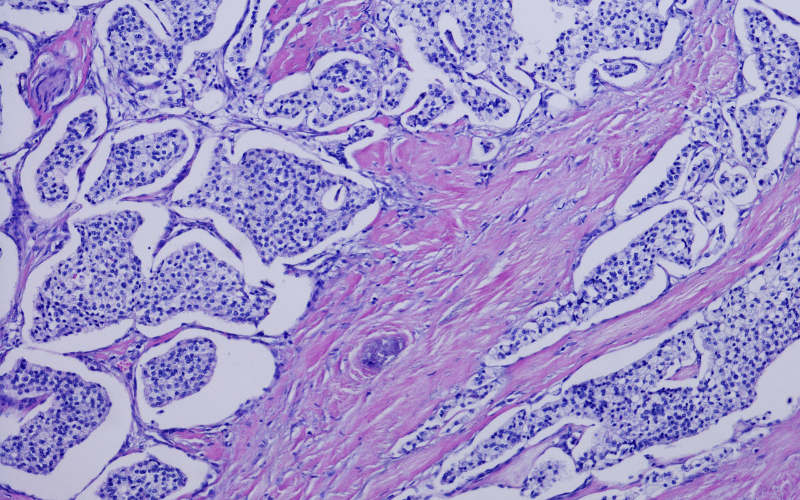Introduction: Pancreatic Neuroendocrine Tumors – What You Need to Know

Pancreatic neuroendocrine tumors, frequently dubbed as PanNETs, PETs, or PNETs, are a peculiar subset of tumors originating from the hormone-producing cells within the pancreas. Unlike more prevalent forms of pancreatic cancers, PanNETs are an enigma to many. Their relative rarity combined with an often silent progression makes them a stealthy adversary in the realm of health concerns.
The pancreas, an indispensable organ nestled deep within the abdomen, carries out two primary roles: aiding digestion and regulating blood sugar. Given its intrinsic hormonal functions, it’s no wonder that an aberrant growth can lead to a myriad of perplexing symptoms. Many of these manifestations intertwine with those of more common ailments, leading to misdiagnoses or delayed treatment. This is what makes awareness of PanNETs essential. A nuanced understanding of its presenting complaints can expedite early detection, significantly altering the course of this disease.
So, why should one be particularly concerned about PanNETs? Despite their rare occurrence, their impact on overall health can be profound. These tumors can be functional (hormone-secreting) or non-functional. The functional ones often lead to an excess of certain hormones, causing specific syndromes which can be challenging to manage. On the other hand, non-functional tumors might grow silently until they attain a significant size or metastasize.
To navigate the intricate maze of PanNETs, one must first recognize the signs. Let’s delve into the most common symptoms associated with this condition and understand their implications.
Symptom 1: Abdominal Pain or Discomfort

Abdominal discomfort is one of the most ubiquitous signs tied to PanNETs. The location of the pancreas, nestled deep within the abdomen, makes it susceptible to causing discomfort, especially in its immediate vicinity. This pain can manifest in various forms, from mild, nagging aches to sharp, piercing sensations. Sometimes, individuals can pinpoint a specific region of discomfort, while at other times, the entire abdomen might feel tender.
Understanding the nature of this pain can sometimes offer clues. For instance, pain after meals might suggest the tumor’s interference with digestive processes. Additionally, some PanNETs may grow to a size where they exert pressure on neighboring organs or tissues, amplifying the discomfort. It’s also worth noting that the tumor’s location within the pancreas can dictate the pain’s position. Tumors located at the head of the pancreas might cause discomfort towards the right side, while those at the tail might lean leftwards. (1)